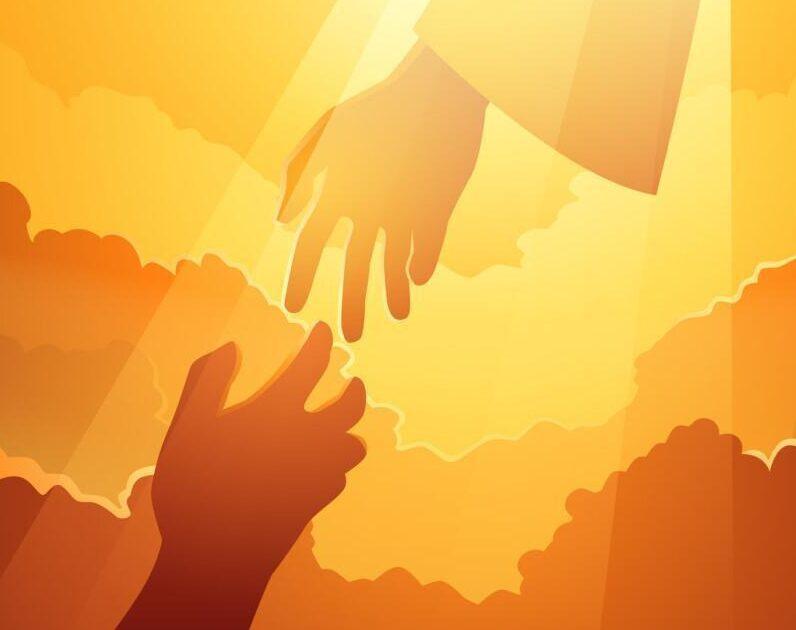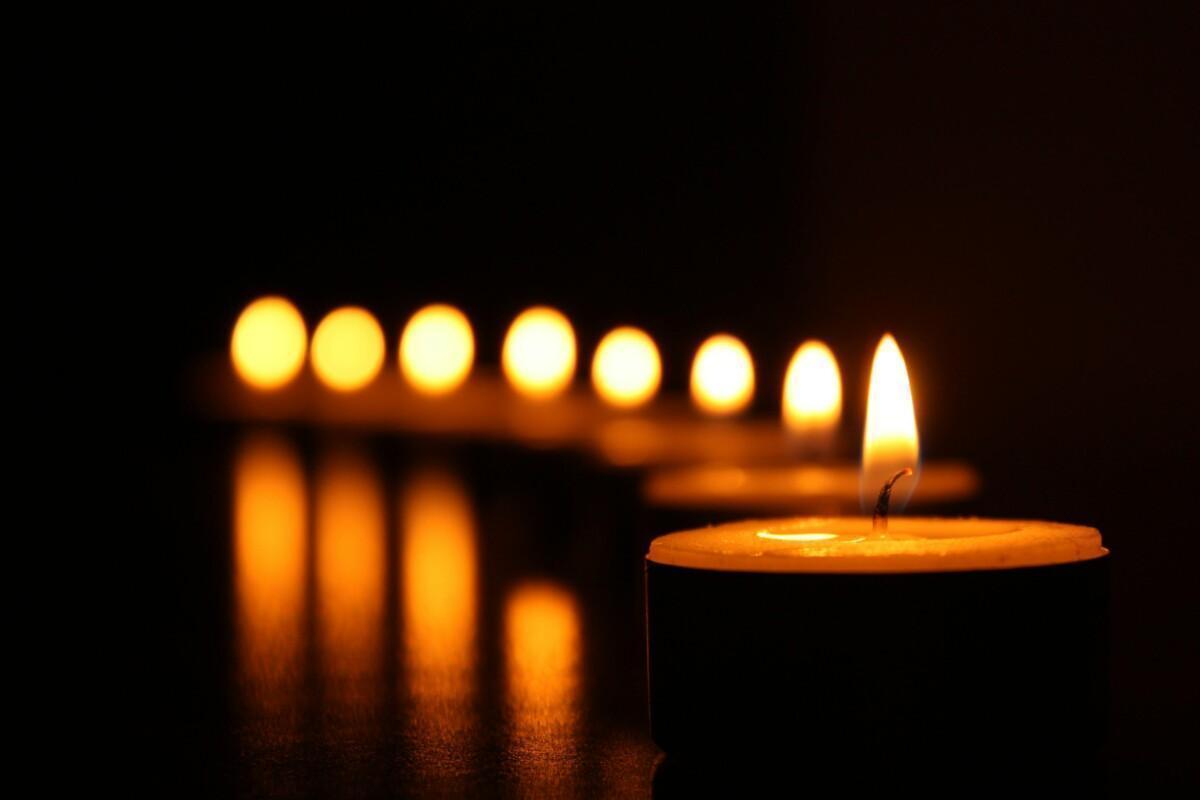
When the B’nai Mitzvah Student Doesn’t Speak Hebrew
By Drew Isserlis Kramer
In some families, children are exposed to Hebrew from birth. For children of those communities, speaking and reading the ancient language of Judaism begins early and often, making preparation for B’nai mitzvah much ado about nothing when approaching age 13. In more secular circles, the first exposure to the ancient language of Judaism might come in middle childhood when enrolled in a formal Hebrew school program. While Synagogue Hebrew schools have a tried and true system for Hebrew language instruction, each year, there are always a few children that make it to b’nai mitzvah season without the skills necessary to read the Torah. If your child is struggling to learn Hebrew, fear not. Below is a guide to getting your child in gear with whatever time you have left before the big day.
Trust the Hebrew School System
While some kids might be behind due to temple mischief and too many other commitments, most kids after several years of regular instruction will learn the letters and how they form words. At Westchester Reform Temple, the youngest Hebrew School students begin to learn letters and words through movement. Through playful word exercises, Kindergarten through second grade students begin to understand letters and sounds, like getting up and down (לקום – לשבת – לקום). In middle childhood, 3rd, 4th and 5th graders will begin to study prayers, which helps them to understand common melodies and phrases. When the child reaches 6th grade and begins to really focus on b’nai mitzvah preparation, the clergy will have had many years to assess and understand your child’s capabilities and unique learning style. Even if the clergy doesn’t expressly ask you to share your child’s learning style, be up front with any known learning issues that might create challenges for b’nai mitzvah preparation. The clergy understands how to reach students across a broad spectrum of capability.
Psst…Top 10 B’nai Mitzvah Gifts that Also Support Israel
Find A Chavruta
A chavruta is a partner. In traditional Talmudic study, scholars will pair off with a rabbi or form a small group to interpret and debate Torah portions. Many synagogues provide 1:1 tutoring with clergy in their b’nai mitzvah preparation plan. However, some students might require additional help to prepare for the main event. Some families seek private tutors outside of their synagogue’s Hebrew School program to ensure the b’nai mitzvah student’s success on the bema, or pulpit. For students that have unique learning styles, it can be helpful to have private 1:1 instruction that is tailored to those needs. It also ensures that students carve out time in their busy week to devote to practice.
Check Your Expectations
A child reaches b’nai mitzvah just by reaching the age of thirteen. The tradition of reading from the Torah or Haftorah is not necessary to honor the occasion. In Reform temples, there is often openness to read transliteration or abbreviated materials. Even in a more traditional setting, temples will adapt the b’nai mitzvah’s participation in the ceremony to suit the needs of the child. In more observant communities, clergy will adapt the child’s participation in the ceremony to suit the needs of the child and the observance of the congregation. Not every child can lead a service, but perhaps the child can do the blessing before and after the torah is read. Many families choose to meet their child where they are, finding other ways to honor their children’s transition to adulthood in synagogue. Not every child can lead a Saturday morning service. Rather than a torah portion, some children opt to do the blessing before and after the torah is read. If your child is truly struggling to prepare for the big day, give all of yourselves a break and figure out what is reasonable for your child to feel included in the ritual of the ceremony. If you are open to reframing your child’s participation on the bema, the experience could become less stressful and more meaningful.
Remember the Purpose
Even if the ceremony looks different than you imagined, remember the purpose of the b’nai mitzvah is not a perfect prayer. However you choose to ceremonially mark the transition from childhood to adulthood, the most important piece is to inspire a positive Jewish identity and to foster a sense of belonging. Whether or not the child demonstrates fluency in Hebrew at b’nai mitzvah is not the goal, but rather a commitment to community and a lifelong expression of Judaism.





